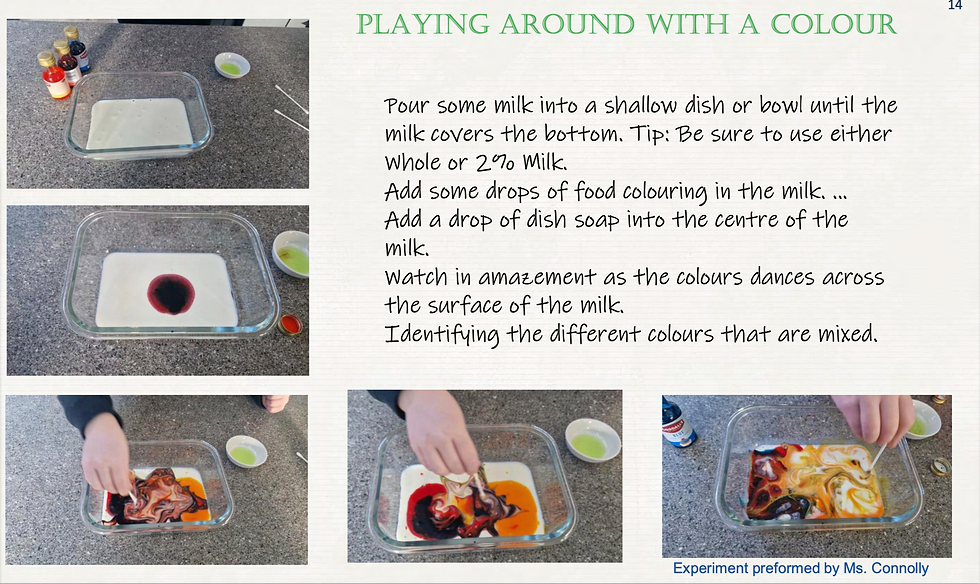Subject Learning and Assessment Review (SLAR).
- Ciara Connolly
- Apr 29, 2024
- 1 min read
The upcoming assessment of the third-year visual art sketchbooks presents a significant milestone for both students and educators. The sketchbooks culminate the student's artistic development over the year and manifest their creativity, technical skills, and personal creative journey.
This assessment is more than a grading exercise for third-year students — it's an opportunity to reflect upon and consolidate their learning experiences. The sketchbook pages likely weave together a tapestry of experiments, observations, and reflections, capturing the essence of their evolving artistic identity.
Assessing these sketchbooks demands a discerning eye and a sensitivity to each student's path. Evaluators must balance objective criteria with an appreciation for the student's voice.
It's important to approach such an assessment with a framework that promotes constructive feedback. Every page reviewed could be a conversation starter about technique, composition, and the emotional or conceptual underpinnings of the student's work.
In preparation, myself and the two host teachers:
We reviewed and familiarised with the assessment criteria to ensure a fair and consistent evaluation.
We are Prepared to offer comprehensive feedback that guides students toward improving their skills and deepening their artistic practice.
We have developed strategies for effectively communicating with students about their grades, clarifying areas of strength and aspects that require further development.
In conclusion, the third year's visual art sketchbook assessment is not just about assigning grades; it's about acknowledging and nurturing the students' creative capabilities, providing a bridge between their current achievements and the path ahead in their artistic pursuits.





Comentarios